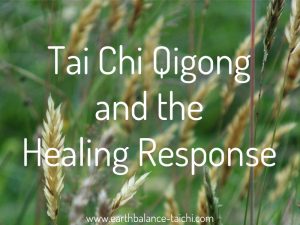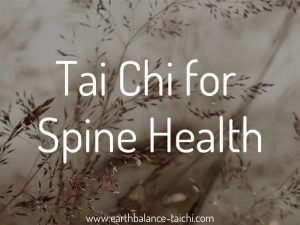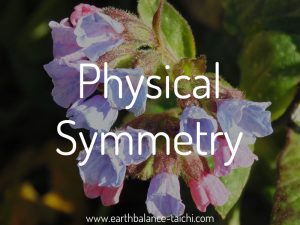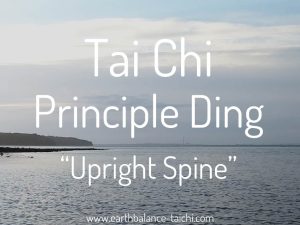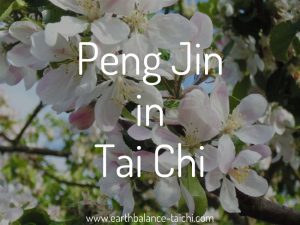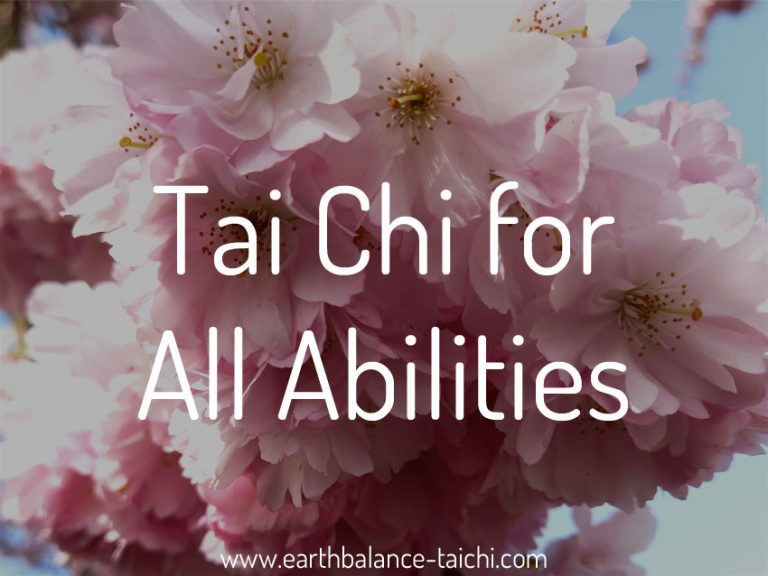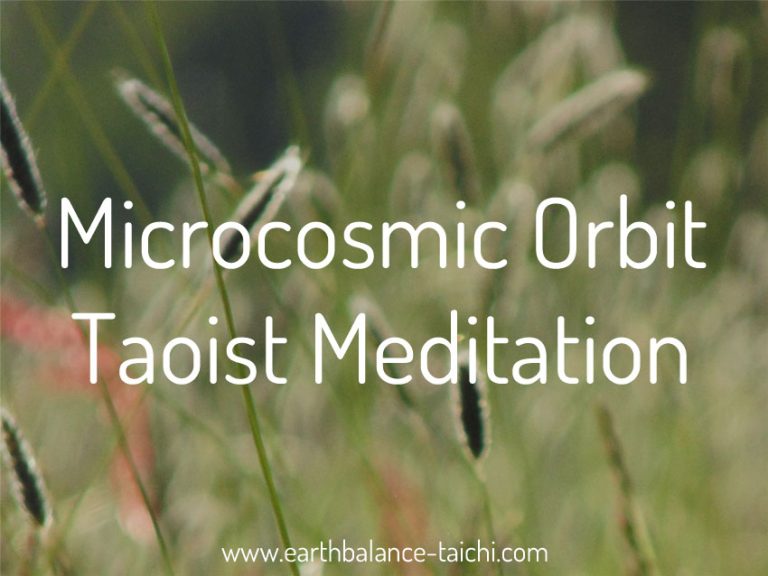Knee Alignment Tai Chi

Knee Alignment Tai Chi
Improving your posture in your Tai Chi practice. In Tai Chi and Qigong practice, correct knee alignment is often neglected which can lead to pain, injury and long-term damage. As the largest and most complex joint in the body the knee is more likely to get damaged than other joints. The knee is a hinge joint with a slight rotating motion, this complex motion is where the problems arise. In Tai Chi and Qigong training it is often said that the knee joint is the only part of the body that can become damaged or injured through the practice. This article explores how to improve your knee alignment Tai Chi and Qigong training.
Bad Knee Alignment
- Using the knees as a weight bearing joint
- Pushing the weight forwards onto the knee caps
- Knees over the toes
- Knees rolling inwards of the foot arch
- Knees rolling outwards or the knife edge of the foot
- Squatting is performed with the knees
The knee is an active weight-bearing joint, however when the weight is positioned outside of good alignment then an injury or damage can be caused to the ligaments, tendons, muscles and cartilage. Read about the structure and function of the knee-joint here.
Protect the Cartilage
Between the knee cap and the knee bone is a layer of soft cartilage. This connective tissue helps to cushion the knee joint. Cartilage is not as resilient as our soft tissue, it does not have a blood supply nor nerve endings which results in difficulty healing and regenerating.
Knee cartilage can become damaged when the knee joint moves outside of a normal and safe alignment. Injury can occur by twisting the knee or tearing the cartilage through impact. Cartilage also erodes from wear and tear as you age and it also degrades from a lack of movement. This can lead to bone on bone contact, bony spurs, arthritis, chronic pain and damage to the underlying bone.
Quick Knee Injury: When exercising, your knees may become instantly injured such as a cartilage tear through a knee twist, which will give you immediate acute pain, inflammation and immobility.
Long Term Knee Injury: The caveat is that if you put too much pressure on the knee cap over a long time, then as there are no nerve endings in your knees, you will not notice the erosion of cartilage until it is too late. The pain comes much later when the surrounding soft tissue and bone are being affected, which do have nerve endings. This could be from 1 to 10 years later.
Good Knee Alignment
- Use the knees as a weight transferring joint
- Use the knees as a hinge joint
- Knees only move up to the toes
- Knees centrally between the foot arch and the knife edge of the foot
- Squatting is performed with the hips
In accurate Tai Chi and Qigong practice the knees are used as a hinge and as a weight transferring joint only. The majority of movement comes from the hips instead of the knees. By 'fixing' the knee joint in the direction of the toes, the rest of the body can move freely without putting pressure on the knee caps and cartilage.
Protect the Front of the Knees
When the knees are aligned correctly, your body weight will travel through the centre and rear of the knee itself down to the ground. Rather than travelling over the knee cap when the knees go over the toes or roll in. There is no structural integrity on the knee caps, no support from ligaments, muscles etc.
The rear of the knees is also where a large number of lymph nodes are located. When using the knees in a correct alignment, this helps to pump the lymph around the lower legs towards the nodes for filtering. Read more about detoxing the body through movement and the functioning of the lymph system here.
Knee Alignment Tai Chi
There are two points to consider;
1) When aligned correctly, your body weight will transfer downwards onto the thigh muscles, through the centre/rear of the knees to the feet. The feet become weighted and heavy. The thigh and leg muscles give you lots of bio-feedback that they are being used, from shaking, trembling to heat and muscular discomfort. This is correct.
2) When aligned incorrectly, your body weight will transfer downwards onto the front of the knee caps. This feels light and easy, with no bio- feedback in the thigh or leg muscles and normal feeling feet. Or you may well experience front knee pain. At this stage, your posture is out of alignment and the knee is then a weight bearing joint. This is incorrect.
Weight Shifting in Tai Chi
When you have shifted into one leg during a Tai Chi movement and end up with approx 70% of the weight on one leg, that 'weighted' knee can move forwards and backwards in an arc from the toe to the heel, and the knee cap may move within small horizontal rotations/circles around the span of the foot. The other knee will have 30% of the weight and must still point in the direction of the toes on the same leg, avoiding a rolling inward motion.
Focusing on the opposing 'unweighted' leg during Tai Chi is incredibly difficult when you add in sinking and turning into the kua, a dantian rotation and a waist turn, that all move away from the opposing leg. When turning, the knees must remain in alignment to stay protected. Throughout your form maintain a 'dang' posture, a rounded open arching groin through the knees down to the ground.
This is all part of the Chen Tai Chi silk reeling motion body mechanics requirements.
Knee Alignment Tai Chi for Beginners
As a beginner student, most have very tight hips and lower backs, which means movement is restricted in these areas. In turn, when the hips and lower back are tight, to get the movements to 'look' similar to the instructor the knees become compromised as they move easily out of alignment. In this situation the knees typically flay around and the student may notice discomfort. By learning very early on in your Tai Chi training how to align the knees accurately and the importance of loosening the hip joints and lower back, this gives the knees the best chance to stabilise whilst strengthening the muscles around the knee.
Tai Chi and Qigong movements must be done properly with the joints correctly aligned to ensure the knee-joint remains protected. That is easier said than done as a beginner, whose knees tend to roll in, out and forwards. Becoming aware of your posture takes time. With practice, correction and patience knee and leg muscles become much stronger and hips gain more flexibility, leading to safer knee alignment as you move.
This makes correct knee alignment paramount in your practice.
Resources for Knee Alignment in Tai Chi Practice
- Resolving Knee Strain in Tai Chi Practice By Hal Mosher
- Alignment of Knees, Ankles, and Feet and How to Overcome Fallen Arches by Robert Chuckro
- Knee Health in your Tai Chi Training by Violet Li
- Knee Alignment/Pain in Martial Arts By Brian Sensei
An interesting medical research paper on the “Effect of tai chi exercise on proprioception of ankle and knee joints in old people” written in 2004 by D Xu, Y Hong, J Li, K Chan. The study recorded the experiences of 68 elderly people who were in a reasonably health disposition. Out of this group 21 of them had practiced Tai Chi 1.5 hours per day over 4 years. 20 of them had completed the same duration and frequency when swimming and running and the others had not done either, just regular exercise and activity. Upon completion of the medical trials, the paper concluded that “The elderly people who regularly practiced tai chi not only showed better proprioception at the ankle and knee joints than sedentary controls, but also better ankle kinaesthesis than swimmers/runners. The large benefits of tai chi exercise on proprioception may result in the maintenance of balance control in older people.”


